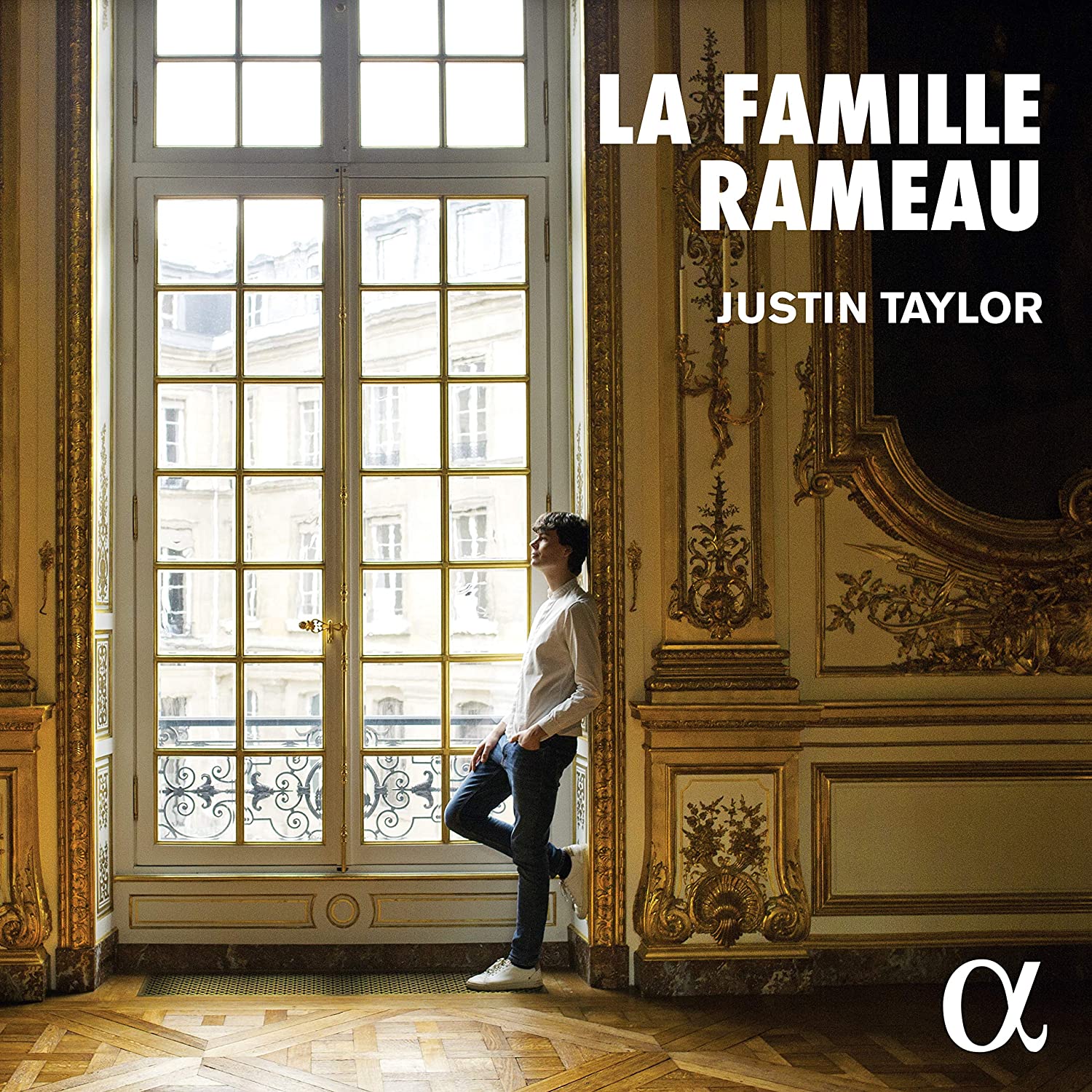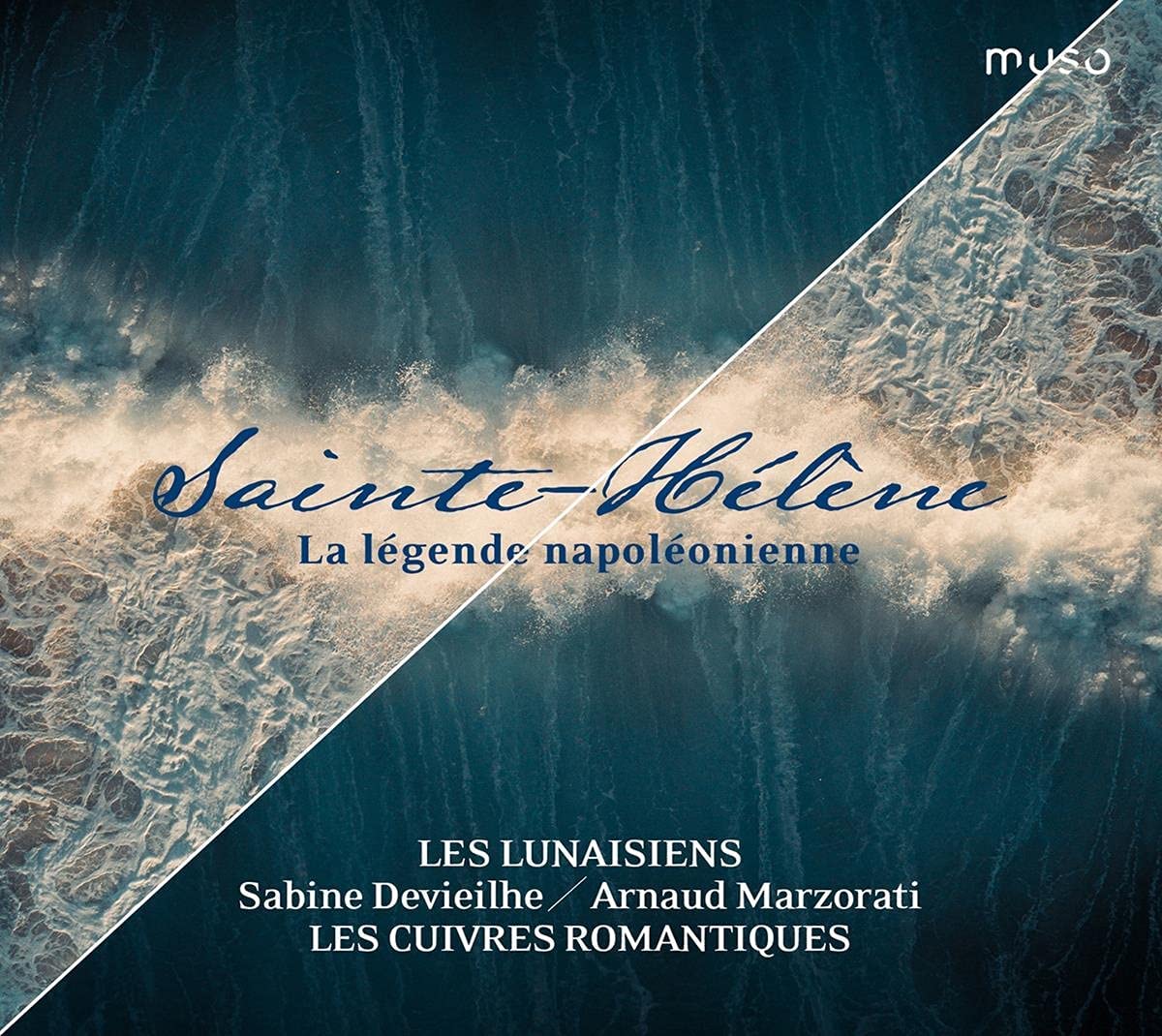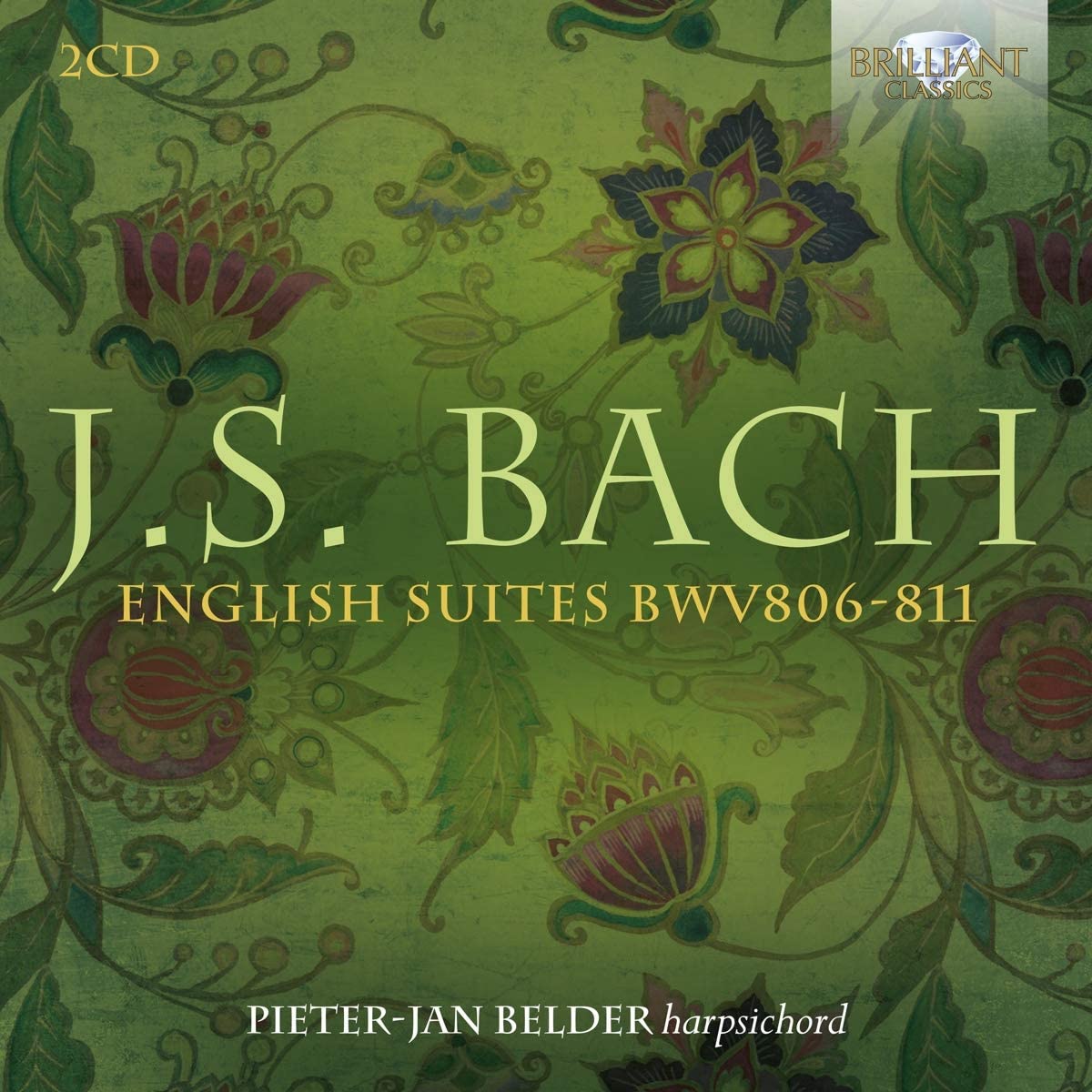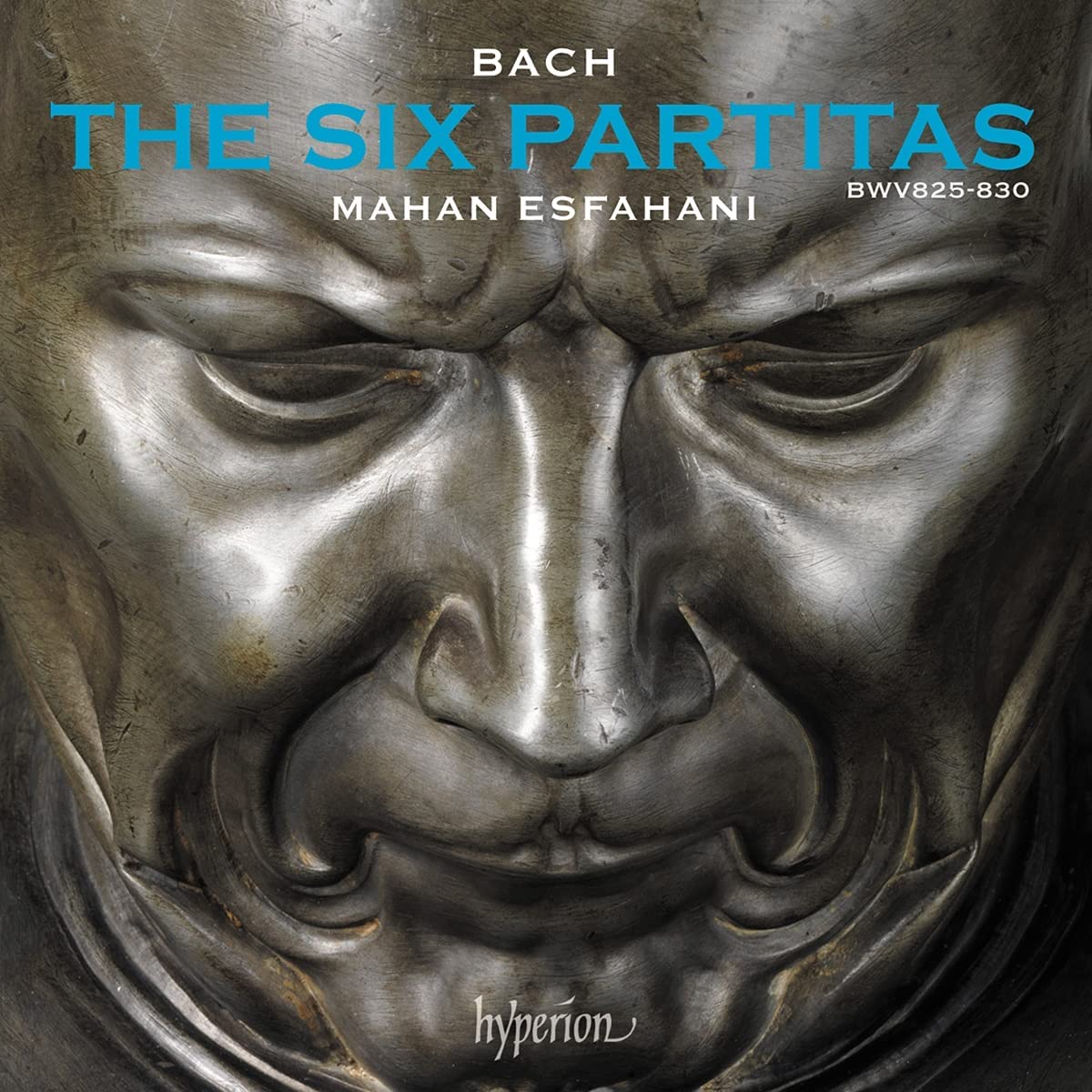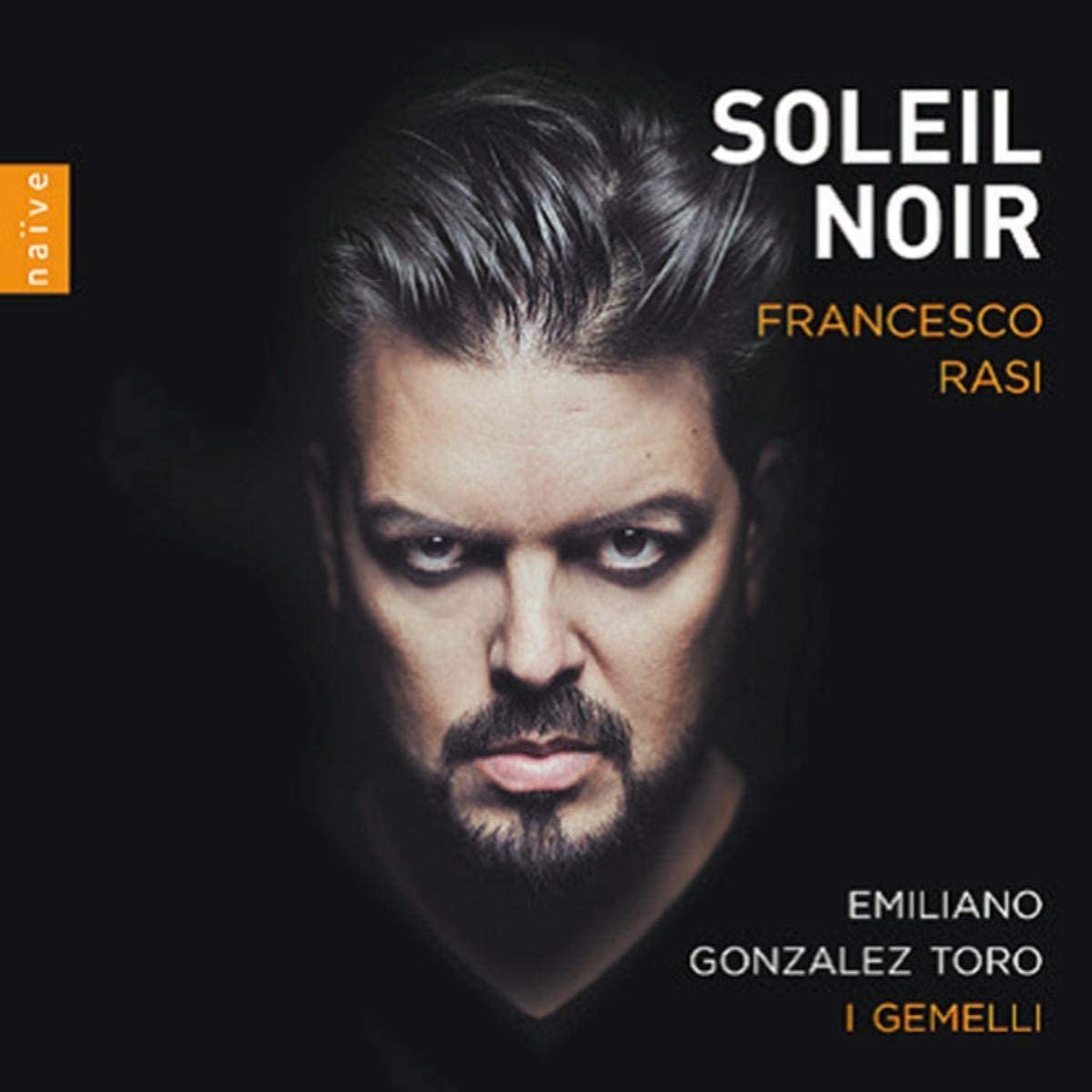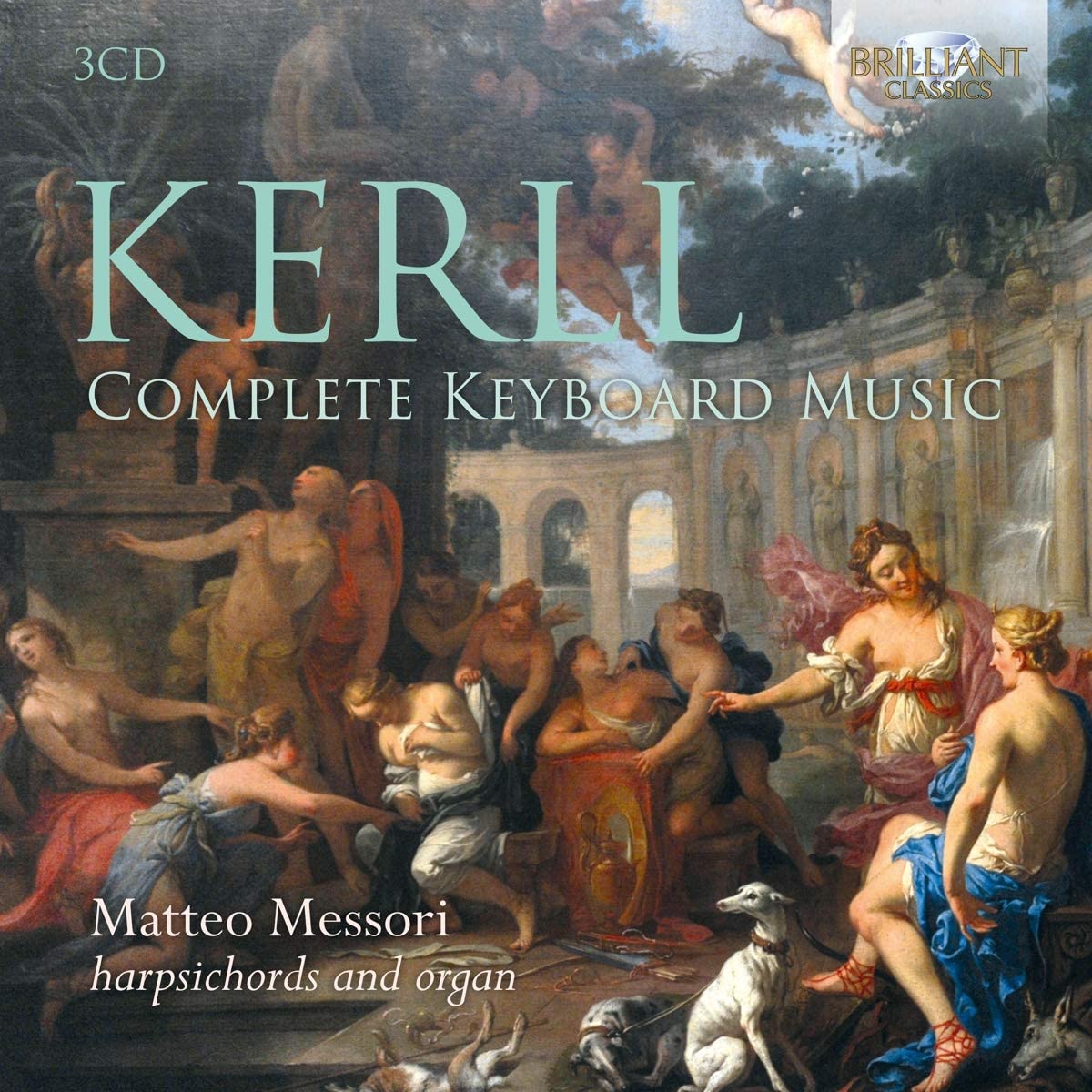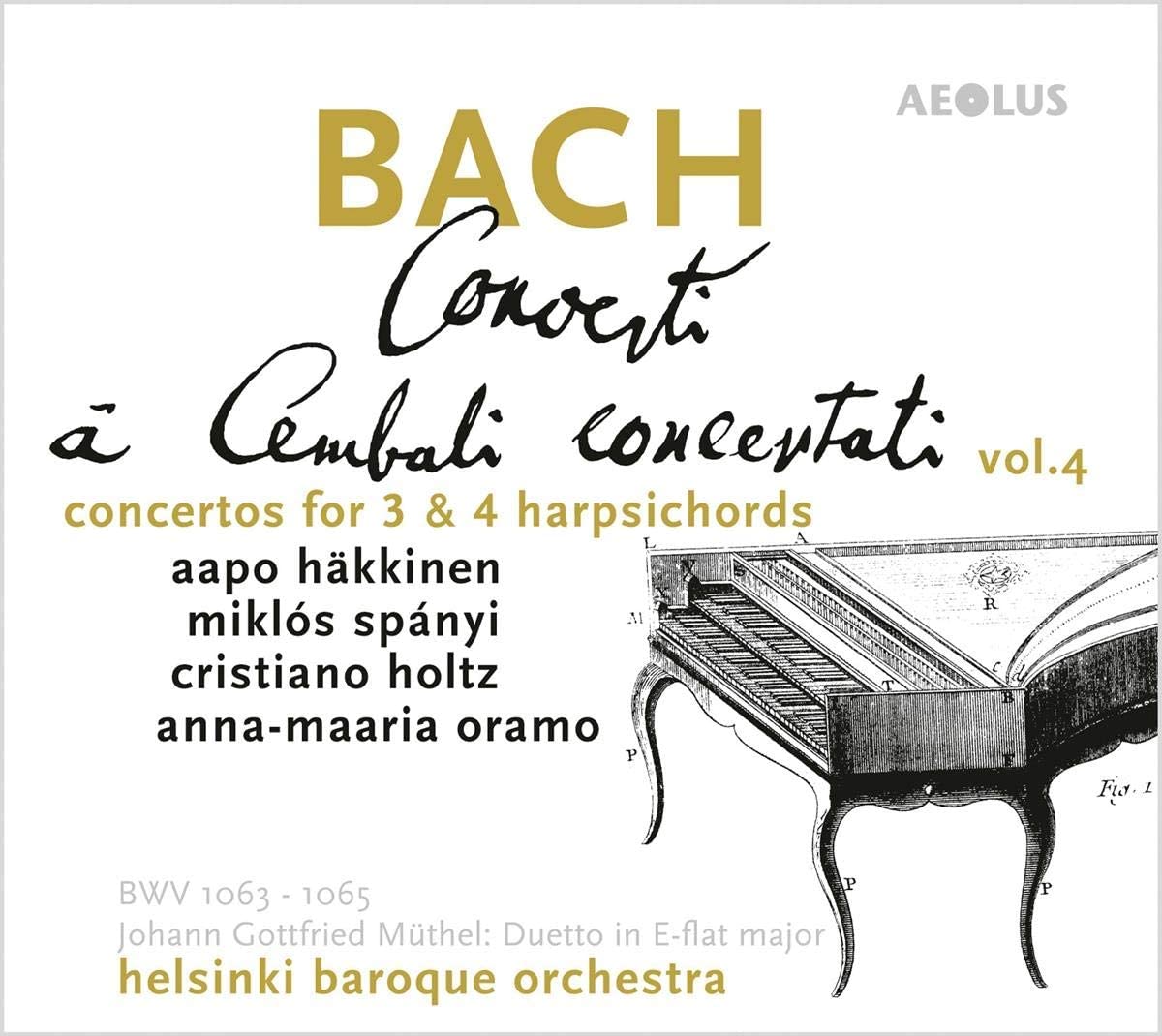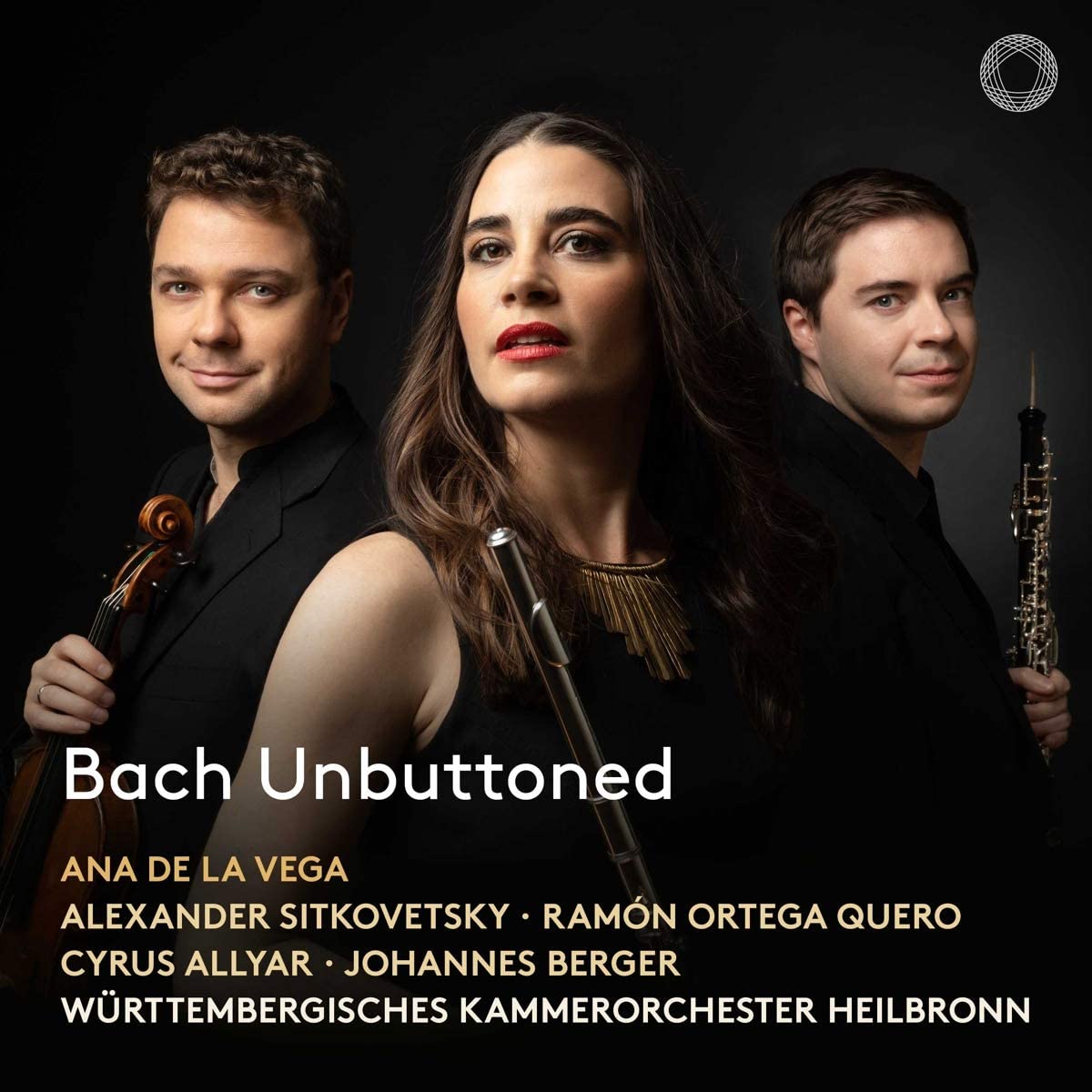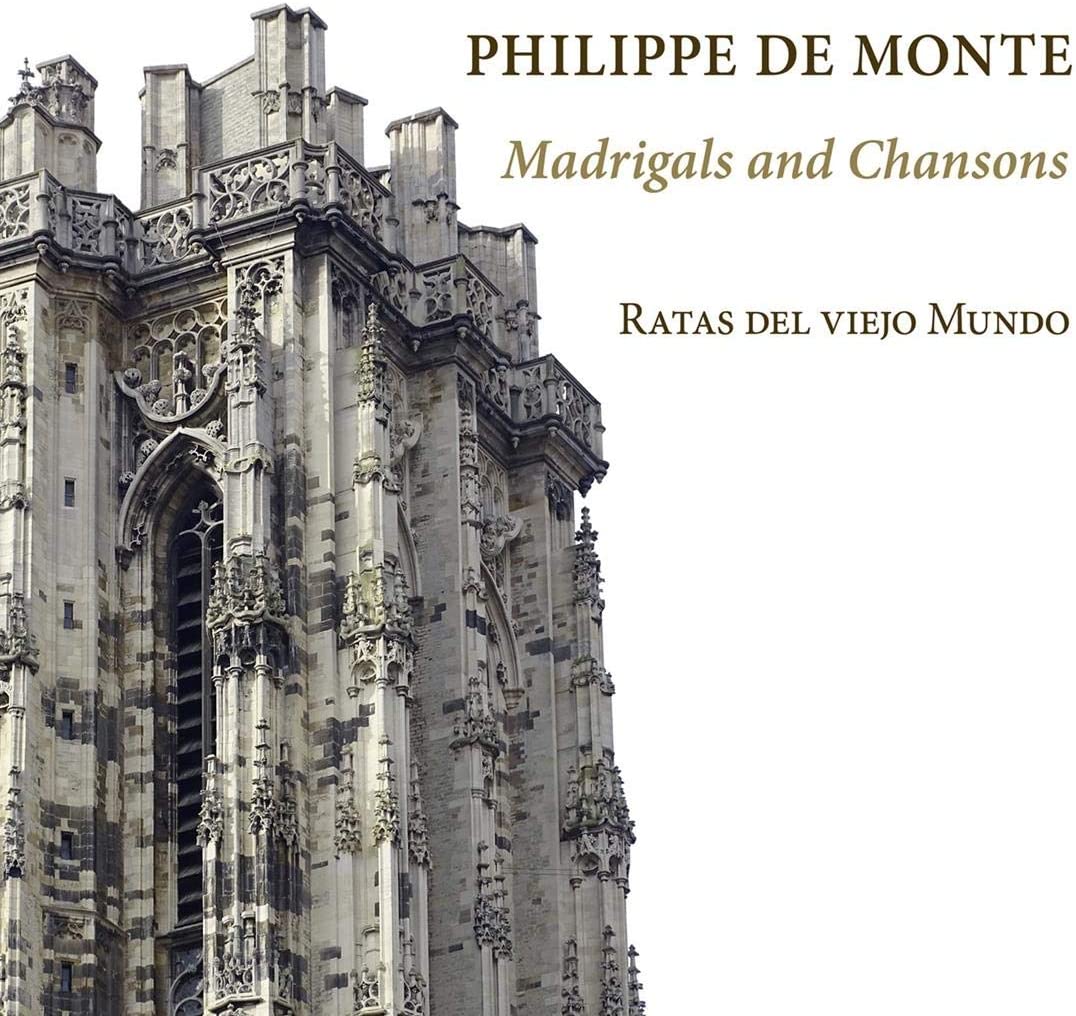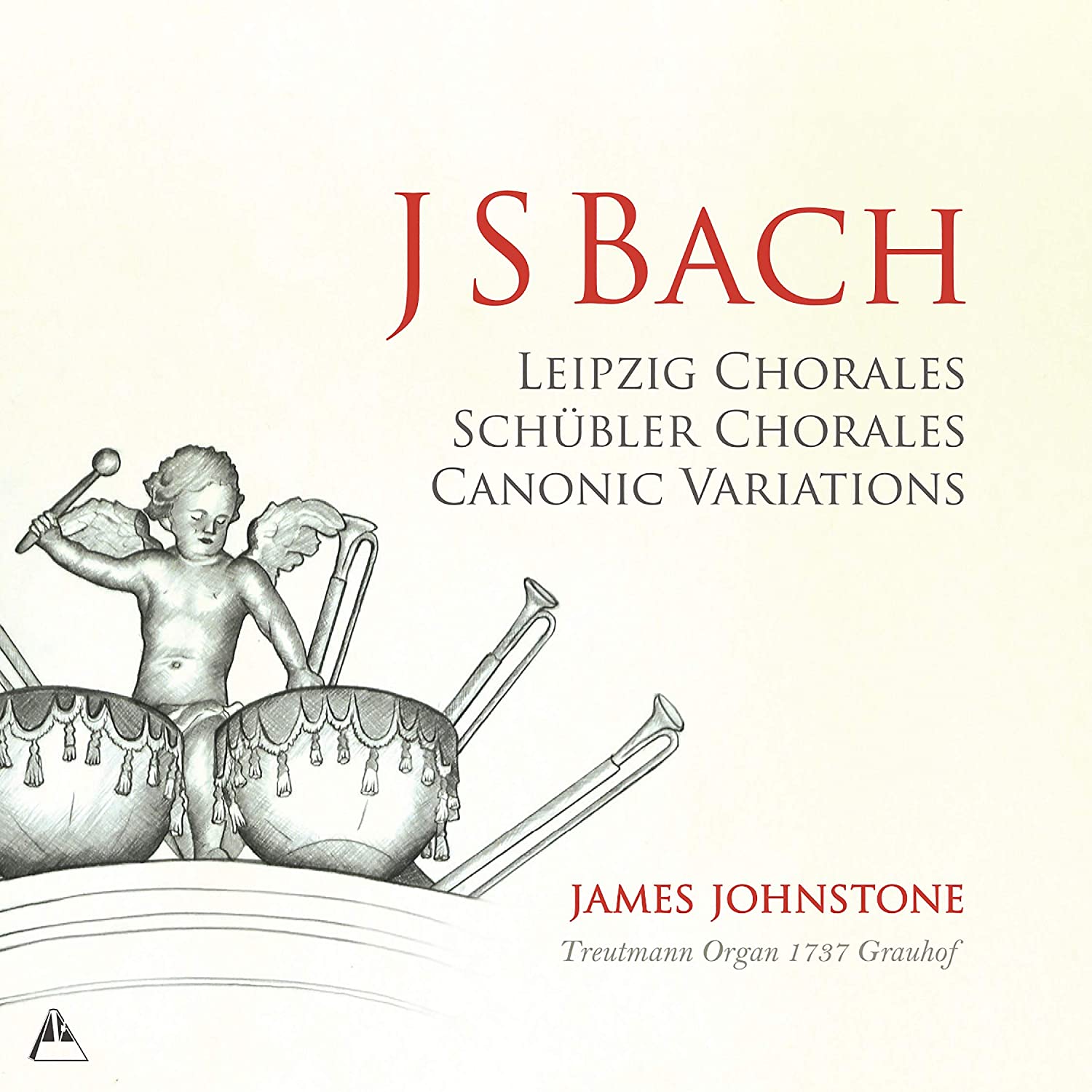Bach Organ Series vol. 3
James Johnstone (Treutmann organ (1737) Grauhof)
127:46 (2 CDs in a card triptych)
Metronome MET CD 1096
Click HERE to buy this on amazon.co.uk
[These sponsored links help the site remain alive and FREE!]
After the success of recording the Clavierübung III on the remade Wagner organ in Trondheim Cathedral and the second volume of James Johnstone’s Bach presenting a number of Preludes and Fugues on the mid-16th-century Raphaelis organ in Roskilde, we move to the theological heart of Bach’s organ music with chorale preludes. For his third volume, Johnstone presents the 18 so-called ‘Leipzig’ chorales and the Canonic Variations on Vom Himmel hoch, that Bach had copied into the same manuscript with the trio sonatas, to which the six Schübler chorales – arrangements of chorale settings, arias, and a vocal duet from his church cantatas – are added.
Johnstone’s third volume underlines how important in Bach’s whole project to provide a ‘well-ordered church music’ was the chorale, so central in Lutheran piety and practice. What Luther had grasped was that doctrine is learnt and then internalised through being sung and his writing of rhyming chorales set to memorable tunes was designed to achieve this: it is singing the faith that makes it yours. Reflecting on the central place of the chorale reminds us that Bach’s treatment of the chorale, both in the cantatas – in particular in the second chorale cantata annual cycle – and also in the corpus of chorale preludes for the organ is a core part of his church music project.
Choosing the right organ on which the character of each chorale can be underscored by sensitive registration is a crucial part of how each chorale prelude helps a worshipper to feel the faith being shaped within them. For Bach’s hearers, music wasn’t an illustrative adjunct or mood music: it was another way of hearing the gospel. In today’s world, not all organists understand this: with such mighty instruments at their command, many are tempted to become self-advertising exhibitionists among the solo performers rather than skilled interpreters. But not James Johnstone. Here are a series of carefully prepared and well-thought-through performances that indicate proper preparation and attention to the chorale material on which each prelude is founded as well as faultless execution.
The organ is well chosen. Some organists might choose to play all their Bach on north German Werkprinzip organs, with bright chorus work and that classic distinction between principal-scaled and wider pipes. On this organ, reflecting a rather more developed style with a variety of colourful 8’ registers, subtle grading, and tonal blend is easier to achieve and may well reflect how Bach came to view the developments in organ building that offered him a similarly colourful palate to match Leipzig’s increasingly varied instrumental resources that became available for scoring his cantatas. While a mighty rumble like a thunderstorm is possible, as an 18th-century commentator remarked of the 32’ Posaune, and which Johnstone uses in the full-blooded Nunn komm’ der Heiden Heiland (BWV 661) to evoke the last trump, so is great subtlety and shading.
Appreciating the registration is greatly aided by being able to look up the details on Johnstone’s website, where the organ specification is printed followed by all 29 detailed registrations (even if the grey background does not aid clarity if you print them out). The trio on Herr Jesu Christ (BWV 655) is beautifully balanced and clearly articulated – helped greatly by having the pedal based on 8’, as in BWV 660 and BWV 664, the three trio movements. The way in which the three manual divisions within the single case take over from one another while offering a continuous progression rather than crude competition is expressed in BWV 656 O Lamm Gottes unschuldig when the Oberwerck Principal takes over from the Hinterwerck Gedacht before yielding to the pedal based on the 8’ Trommet with a Hauptwerck chorus. This is elegantly judged. The clarity of the pedal Soubbas and Flachflöte in BWV 659, for example, is a far cry from a woolly English Bourdon and shows just how subtle you can be on an instrument of this quality.
The six Schübler Chorales show Bach turning music conceived vocally into an entirely instrumental medium. Again, the registration used to achieve both clarity and a singing quality is highly instructive; and it was good to hear the 16’ Fagott used as the LH register in BWV 646, as Bach recommended when reporting on the organ in St Blasius in Mülhausen in 1708. And the single Principal rank is so good for the violoncello piccolo line in BWV 649 drawn from BWV 6, where the chorale was given to the soprano. The only minimal error in the registration notes is on the beautifully played BWV 650, Kommst du nun, where the LH is described as being played on the OW, where it should surely be the HW, where the 16’ and 8’ Viola da Gambe ranks are located.
The canonic variations on Vom Himmel hoch let us hear the Cymbelsterne in the course of allowing us to appreciate this complex but inventive work that shows Bach’s extraordinary imagination and technique at work. They make a fitting climax to an entirely splendid volume in Johnstone’s wonderful Bach series.
Both the playing and the recording show this amazing Treutmann organ to much greater advantage than a previous recording of Buxtehude that I reviewed in Oct 2020, so the producer and the engineers (who cannot have had an easy time in this acoustic) are to be congratulated. A video clip accompanying this project in Johnstone’s website reveals his exceptionally neat footwork – a nice touch.
If you have yet to be converted to the possibility of two hours of Bach on the organ being one of the greatest aural delights possible, then this outstanding volume should do it for you: avoiding those splashy toccatas and fugues, it is pure gold.
David Stancliffe
A second review has arrived:
As a non-expert in the specialised world of pipe organs, I am very much in the hands of the organists when it comes to a choice of instruments, but it strikes me that the 1737 Christoph Treutmann organ in the Stiftskirche St Georg in Grauhof sounds just about ideal for this selection of chorales and variations by J. S. Bach. As we hear from the very opening track of this comprehensive 2 CD set, in full cry this is an impressive instrument which would have delighted the composer, a man who not only composed for and played the organ to a superlative standard, but who was also a connoisseur of organs, spending much time touring the country ‘trying out’ new instruments. While the Grauhof Treutmann was not one of them, James Johnstone points to a number of features the instrument has which Bach would have loved. Indeed, with its ravishing range of timbres from the subtle and quirky to the strikingly magnificent, it is the real star of his accounts of this music, although (of course) this presupposes a player with the perception and virtuosic technique capable of realising these performances. Johnstone brings a wealth of experience in period performance to these intelligent and dignified accounts of some of Bach’s most personal and appealing compositions, music which you feel he was writing for his own pleasure and satisfaction – and, indeed, Johnstone brings these qualities to his playing, too. It is easy to listen to these CDs and imagine Bach improvising this music, and thoroughly enjoying putting the Treutmann organ through its paces.
D. James Ross
